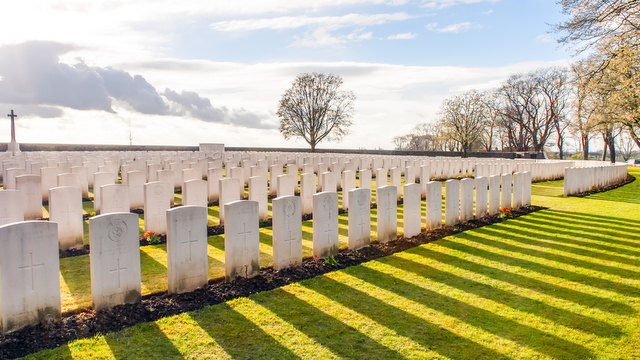
A journey to the Western Front brings home the reality of the First World War, taking you through a landscape of cemeteries and memorials – from those dedicated to tens of thousands of servicemen and women, to the smaller and more personal areas erected to individual soldiers and regiments.
With so many sites to see, we’ve put together our recommendations for the best lesser-known battlefield visits.
1. Hooge Crater Museum
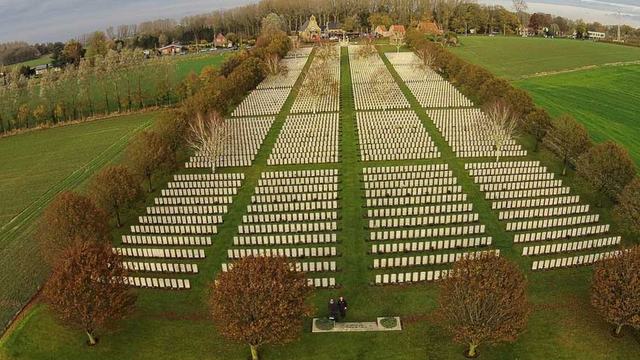
Many will have heard of the Lochnagar Crater, but the Hooge Crater offers an alternative for your school history trip.
In the summer of 1915, the Germans had a clear view over the British Frontline at Hooge, leaving British troops exposed. As trench warfare stalled, one method of forcing a breach was by tunnelling under the enemy position and detonating enormous mines.
The 175th Tunnelling Company of the Royal Engineers were brought in to dig a tunnel 60 metres long. At 19:00 hours on 19th July 1915, the mine was detonated. It was a complete success creating a hole 6 metres deep and almost 40 metres wide. This would become known as the ‘Hooge Crater’.
Located outside of Ypres, the Hooge Crater Museum is housed in a former chapel. Take a step back in time as you explore the variety of displays, including uniforms, weapons, artefacts and even an original 1916 Ford T Ambulance from the First World War.
We recommend opting for the Hooge Crater Walk before entering the museum; allowing students to follow the paths marking where tunnels were built by allied forces under enemy lines and hear the soldiers’ stories. Notably, there’s a memorial to Captain Noel Chavasse – one of only three people to be awarded the Victoria Cross twice.
2. Bayernwald Trenches
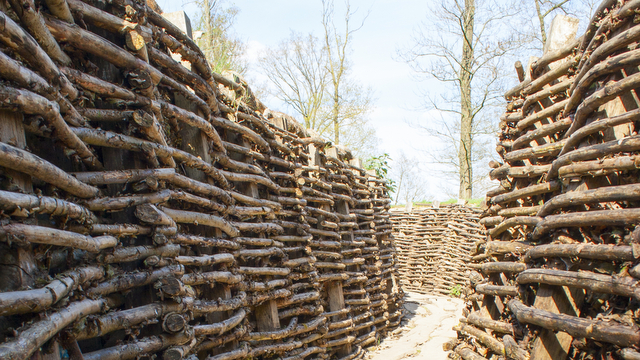
The restored trenches at Bayernwald are part of the original German trench system from the First World War. Sections feature sandbagging, duckboards walkways, stone and reinforced walkways. Venturing through the reconstructed trench systems at Bayernwald will allow your students to understand the shocking conditions that soldiers on the Frontline were forced to endure during the First World War.
Looking out across the surrounding lush farmlands, an expert History Tour Guide will help students understand the harsh realities that soldiers faced, as well as bring to life the personal stories and experiences of the soldiers during key battles.
“Fantastic. I would highly recommend the tour guide and experience.”
“Fantastic. I would highly recommend the tour guide and experience.”
Miss Walton, The Falcons Preparatory School for Boys
Miss Walton, The Falcons Preparatory School for Boys
3. Hill 60
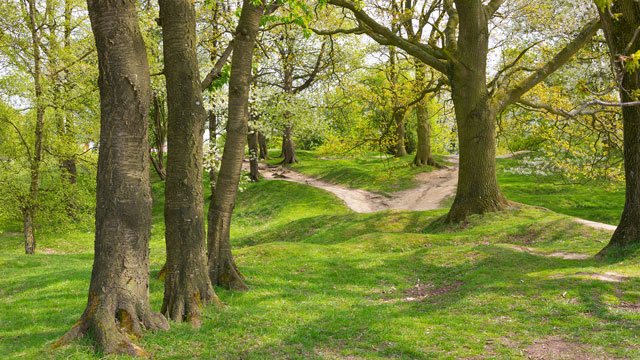
So called because of its height at 60 metres above sea level, Hill 60 held great strategic importance during the First World War. Created in the 1900s when the nearby railway line was built, this higher ground was intensely fought over and changed hands several times. With both the Allied and German forces digging tunnels and planting mines beneath Hill 60, today the cratered land remains the burial site for countless servicemen.
On the site there’s also a former German pillbox which remains in good condition. The bullet and shell marks on the pillbox provide students with visible evidence of the fighting that took place on this land.
Just across the railway line is the Caterpillar Crater, created by mine explosion under the German position.
“Fantastic! The crater really helps contextualise the scale of destruction.”
“Fantastic! The crater really helps contextualise the scale of destruction.”
Mr Kendler, Yavneh College
Mr Kendler, Yavneh College
4. Messines – The Pool of Peace
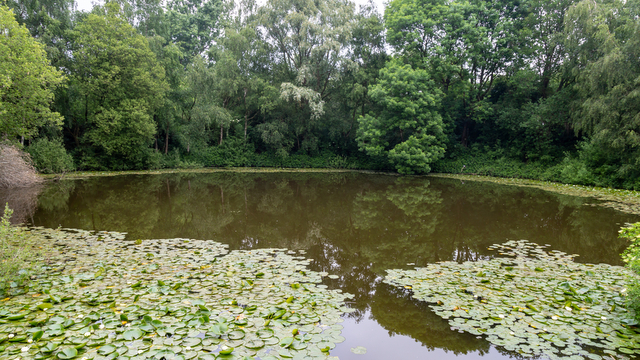
The Pool of Peace (also known as Lone Tree Crater) in the village of Wijtschate is today a reminder of the Mine Battle of June 1917. The explosion of mines dug deep under the German enemy lines marked the start of the Battle of Messines and created huge craters in the land. The Pool of Peace is the most impressive crater at 12 metres deep and a diameter of 129 meters.
Also in Messines are the Island of Ireland Peace Park, Messines Ridge British Cemetery and Chinese Labour Corps Memorial.
5. Talbot House
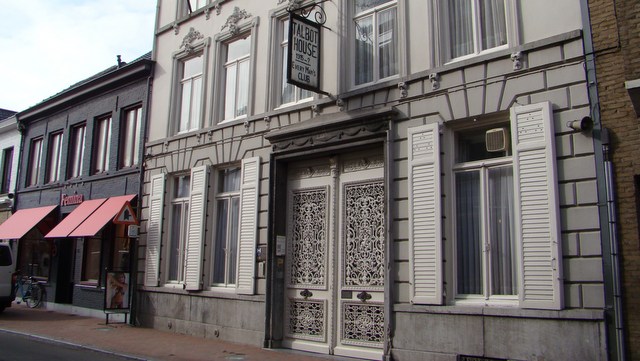
Take a break from cemeteries and memorials with a visit to Talbot House in the town of Poperinge.
For much of the war, Poperinge was a lively garrison town filled with British troops looking for a place to unwind in the bars and brothels. In December 1915, realising the requirement for other ways to spend their downtime, two army chaplains opened the Every Man’s Club. Philip ‘Tubby’ Clayton and Neville Talbot hoped to create a home from home for the troops where they could find peace and Christian fellowship.
As rank wasn’t recognised, the Every Man’s Club was a place where soldiers were able to relax in the library, reading room, garden and chapel. It’s thought that 25,000 soldiers worshipped here during the war.
Talbot House is today a listed building that serves as the spiritual headquarters for TOC H – a global movement that brings together people of different races and beliefs. In January 2020, a new permanent exhibition is set to open, which will only enhance the visitor experience.
“The best moment was Talbot House in Poperinge – students realising that even amidst the horrors of the war, humanity can be shown.”
“The best moment was Talbot House in Poperinge – students realising that even amidst the horrors of the war, humanity can be shown.”
Mr Coates, International School of Geneva
Mr Coates, International School of Geneva